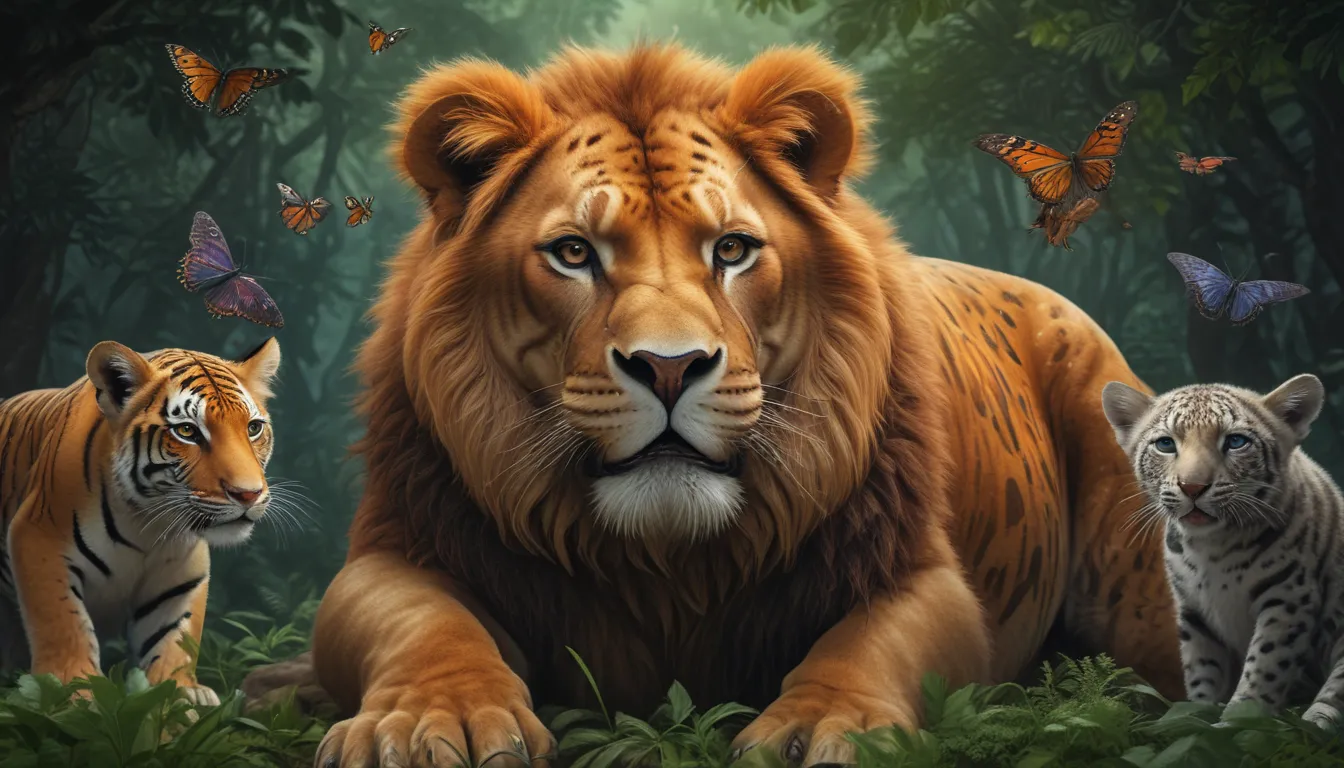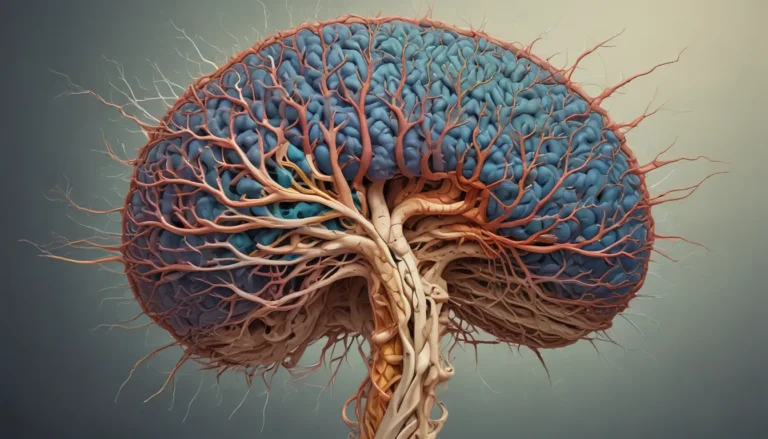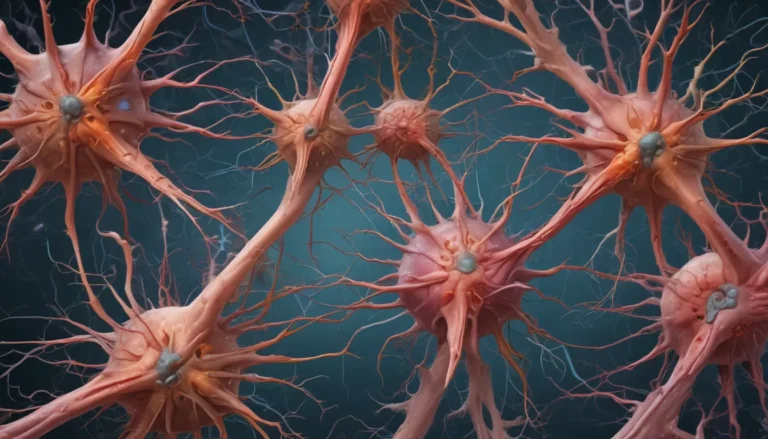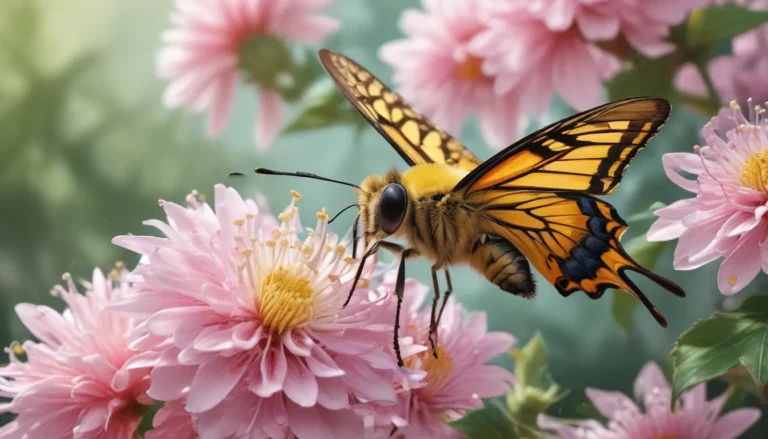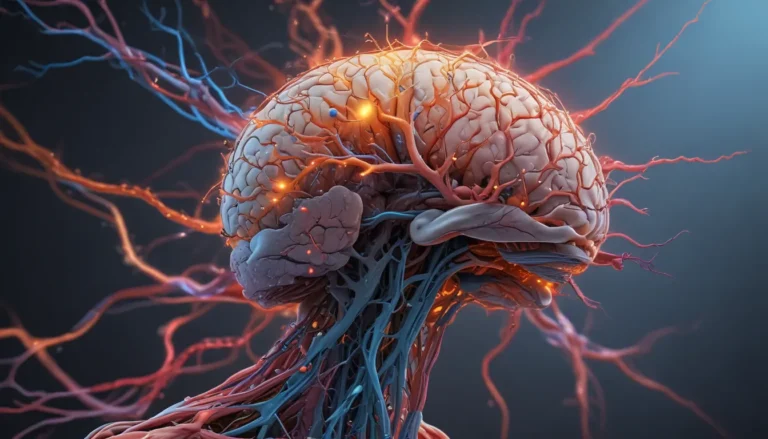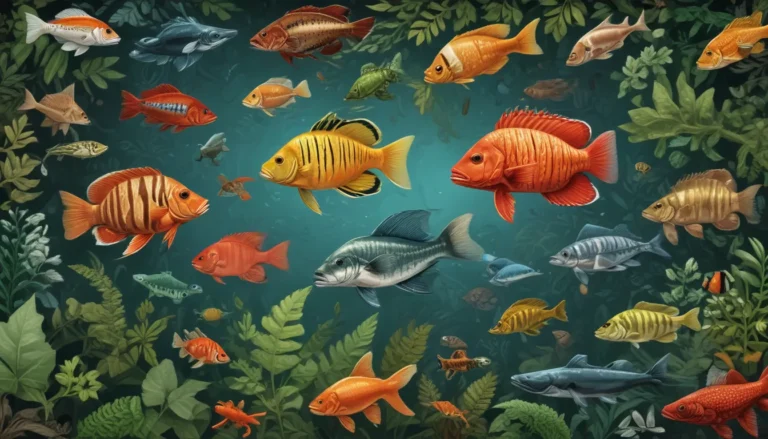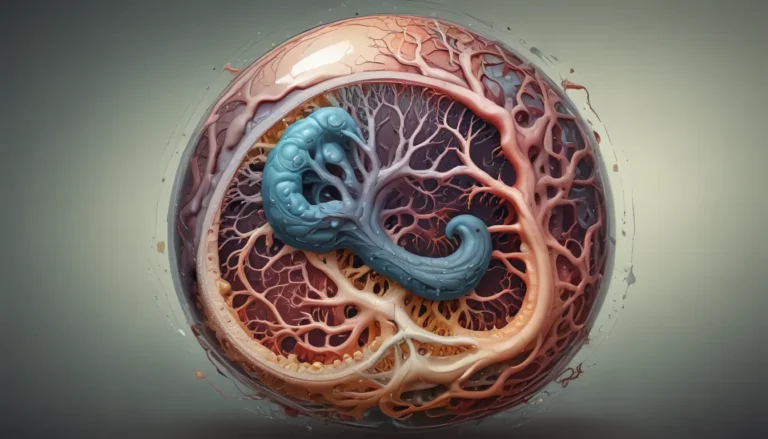A Note About Images: The images used in our articles are for illustration purposes only and may not exactly match the content. They are meant to engage readers, but the text should be relied upon for accurate information.
Welcome to the captivating world of animal classification, where we unravel the mysteries of the diverse creatures that inhabit our planet. As we delve into this fascinating field, we will explore sixteen enigmatic facts that will leave you in awe. From the tiniest insects to the largest mammals, every living organism is part of a specific group based on shared characteristics. Join us on a journey through the intricate system of taxonomy, which helps scientists organize and categorize animals based on their physical traits, genetic makeup, and evolutionary relationships.
Unlocking the Secrets of Animal Classification
Animal classification plays a crucial role in helping scientists understand the relationships between different species. By identifying shared characteristics, scientists gain insights into the evolutionary history of various organisms, aiding in conservation efforts and preserving biodiversity. Let’s embark on a journey to uncover the key takeaways and fascinating facts about animal classification.
The Kingdoms of Animalia
- Animals belong to the kingdom Animalia, sharing this classification with humans.
- A vast array of over 1.5 million known animal species inhabit our planet, with new discoveries constantly being made.
- Animal classification is based on shared characteristics such as body structure, reproduction methods, and genetic similarities.
The Hierarchical System of Classification
The classification system for animals follows a hierarchical structure with seven categories: kingdom, phylum, class, order, family, genus, and species. Each category narrows down the classification, providing more specific information about the organism. Carl Linnaeus, considered the father of modern animal classification, revolutionized the naming and categorization of organisms with the binomial nomenclature system.
Diversity and Evolutionary Connections
- Classifying animals helps in understanding their evolutionary history and ancestry.
- Within a genus, multiple species can exist with common characteristics but distinct features.
- Animal classification aids in conservation efforts by identifying endangered species and prioritizing protection strategies.
The Intriguing Challenges of Classification
- Some animals defy traditional classification methods, with creatures like the platypus challenging categorization due to their unique characteristics.
- DNA analysis has revolutionized animal classification, providing insights into evolutionary relationships and unexpected connections between species.
- With insects comprising the largest group of animals, their diversity in size, shape, and habits is a testament to the vastness of the animal kingdom.
Constant Evolution and Unique Challenges
- Classification of extinct animals relies on fossil evidence and comparative anatomy.
- Animal classification continues to evolve as new discoveries and knowledge reshape our understanding of different organisms.
- Unique challenges exist in classifying organisms like bacteria and viruses, which require specialized techniques and criteria.
Embracing Our Connection to Nature
Exploring animal classification not only enriches our understanding of the diversity of life on Earth but also deepens our connection to other living organisms. By recognizing our place in the natural world, we become stewards of the delicate balance of ecosystems, fostering a greater appreciation for the intricate web of life that surrounds us.
A Call to Discover More
In conclusion, the enigmatic facts about animal classification offer a glimpse into the complexity, diversity, and importance of understanding the animal kingdom. As we unravel the intricacies of classification, we gain insights into the evolutionary history, relationships, and unique adaptations of different species, enriching our appreciation for the wonders of the natural world. Let curiosity lead you on a journey to explore the marvels of animal classification and deepen your connection to the vast tapestry of life that surrounds us.
FAQs: Exploring the Depths of Animal Classification
- What is animal classification?
-
Animal classification is the process of categorizing and organizing different species of animals based on their characteristics, relationships, and evolutionary history.
-
Why is animal classification important?
-
Animal classification helps us understand the diversity of life on Earth, unravel the evolutionary patterns among species, and guide conservation efforts.
-
How do scientists classify animals?
-
Scientists categorize animals based on physical traits, genetic similarities, and evolutionary relationships using hierarchical systems like the Linnaean classification.
-
Are there any recent advancements in animal classification?
-
Recent advancements in DNA analysis have revolutionized animal classification, uncovering new relationships and refining our understanding of evolutionary history.
-
Can animal classification aid in conservation efforts?
-
Yes, animal classification provides insights into ecological roles, helping identify endangered species and implement effective preservation strategies.
-
Are there unusual animal classifications?
-
Yes, some organisms like the platypus challenge traditional classification due to unique characteristics blending across different categories.
-
Can animal classification change over time?
- Animal classification evolves with new discoveries, reflecting advancements in technology and scientific research that enhance our understanding of different species.
Embark on a journey of discovery through the intricate world of animal classification, where each fact unveils a new layer of the diverse tapestry of life on Earth. Let curiosity be your guide as you explore the wonders of the natural world and deepen your connection to the fascinating creatures that inhabit our planet.
